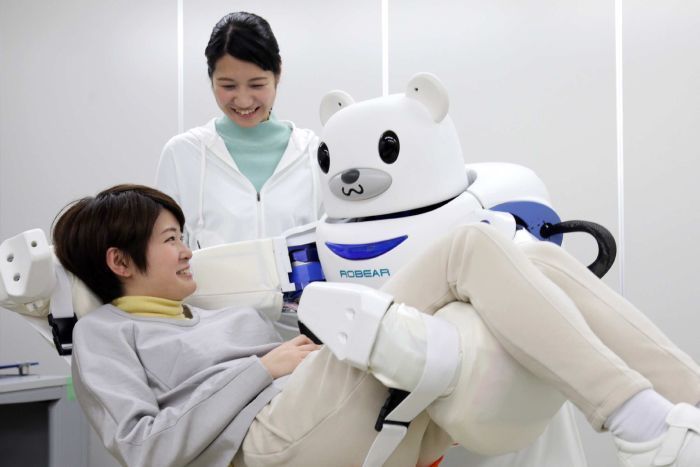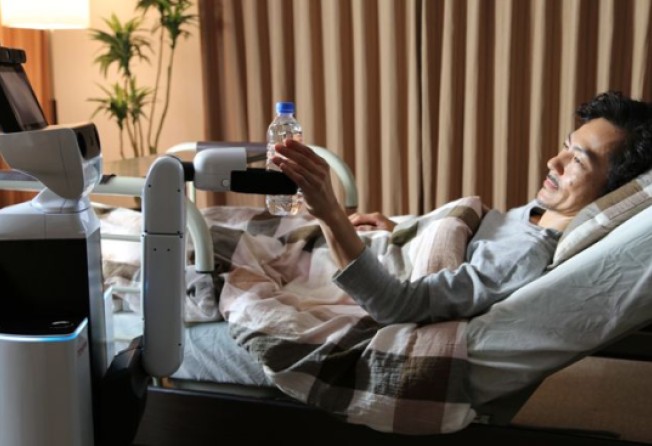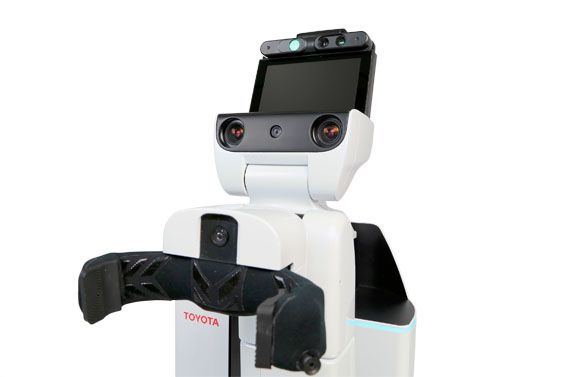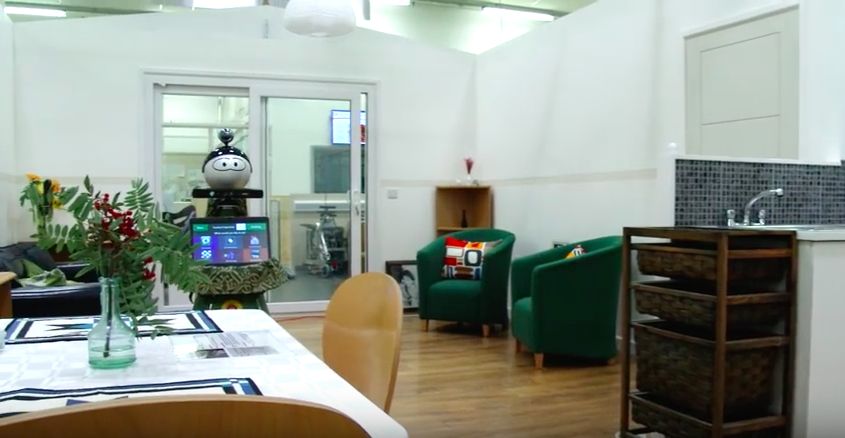
Robots are ready and welcome to assist the elderly
Scientists around the world are developing hi-tech helpers that can perform daily tasks in the home, communicate and respond to an emergency

If you were given the option of robotic or human help to perform mundane household tasks, which would you choose?
According to a study by researchers at the Georgia Institute of Technology in the United States, a surprising number of people aged 65 to 93 years would opt for the former. While they still preferred human care for personal tasks, such as bathing, dressing and eating, participants who were shown a video of a robot’s capabilities would be happy to let a machine clean the kitchen, do laundry or take out the trash.
With the World Health Organisation predicting that by 2050, 22 per cent of the world’s population will be 60-plus years old, scientists in tech labs all over the globe are trying to figure out what role robotics may play in the home of the future, especially those of the elderly.
Much of this research is being conducted in Japan, where the population is ageing at unprecedented speed - twice as fast as Germany’s and more than four times faster than in France. Given that one-quarter of Japanese are already aged 65 or older, auto manufacturer Toyota is accelerating development of a home-help robot intended to assist elderly and disabled people in leading independent lives.

The Human Support Robot (HSR) programme, first announced in 2012, has advanced to a compact and highly manoeuvrable model with a folding arm which can pick up objects off the floor, bring things down from shelves and perform a variety of other tasks. The HSR will also be able to be operated remotely by family and friends, with the operator’s face and voice being relayed in real time. “This will allow for genuine human interaction as the HSR goes about its work,” says Toyota, which is now providing the prototype to partner organisations in Japan - mainly universities, research facilities and businesses - with the aim of progressing its software development and practical know-how. By April 2016, Toyota expects that around 10 research groups will be further refining its HSR.
Meanwhile, scientists from Japan’s Sumitomo Riko have developed an experimental nursing care robot, Robear, which is capable of lifting a patient from a bed into a wheelchair, or providing assistance to a patient who is able to stand up but requires help to do so. Weighing in at 140kg, Robear is lighter than its 230kg predecessor from 2011, and it incorporates a number of features that enable it to exert force “in a gentle way”. Specifically, it includes actuator units with a very low gear ratio, allowing for softer movement at the robotic joints, and tactile sensors made of rubber that are designed to lift patients without endangering them.

Toshiharu Mukai, former leader of the company’s Robot Sensor Systems Research Team, says robots are well-suited to tasks such as lifting, which are strenuous for humans and a major cause of lower back pain. “We really hope that this robot will lead to advances in nursing care, relieving the burden on caregivers today,” he says, adding that the robots should also look cute or friendly. “Patients, especially old people, don’t like mechanical appearance. They need to feel that robots are their friends."
Last year, six elderly people in Europe lived with a GiraffPlus robot as part of a trial for living independently past the usual point that they would be able to due to physical or cognitive difficulties. The robot works in sync with smart home technology such as environmental sensors around the house feeding back information about the occupant’s movements – alerting off-site carers in the event of a fall, for instance - and physiological sensors to track health readings such as blood pressure.
The German-designed Care-O-bot has similar functionality. It can perform a number of fetch-and-carry tasks; entertain and communicate - reminding an elderly person of important appointments, or when to take their medication - and respond to an emergency. According to the manufacturer, Care-O-bot 3 “is able to move towards the fallen person. At the same time, it can set up communication with an emergency centre, who can talk to the user by video telephone using the screen, speakers and microphone of the robot”.

And in Britain, Bristol Robotics Laboratory recently launched its latest project – a “living lab” with smart home functionality which enables robotics researchers, elderly people with assistive needs and those supporting them to work together in devising and testing new robotic solutions in a home environment.
The Anchor Robotics Personalised Assisted Living (ARPAL) facility is connected via a network of wireless sensors and Wi-fi cameras to a central controller. Data generated from the sensors will enable the researchers to detect patterns of activity in the house to build adaptable algorithms. The algorithms will then be used to record individual habits and devise personalised robotic systems adapted to individual lifestyles.
No one, as yet, is claiming that artificial intelligence is a substitute for human care. But with life expectancy at a record high, there’s no doubting the value of robots in supporting older adults in the future.